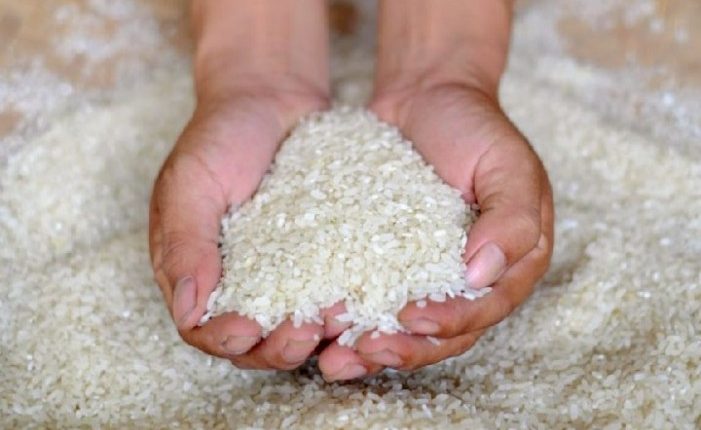Optimizing Food Other Than Rice to Achieve National Food Security
Food prices in a number of regions in Indonesia have increased in recent times, especially ahead of Ramadan and Idul Fitri. Not a few people also complain about the high price of food. This could be a momentum for the Government to take serious action in diversifying local non-rice food to achieve national food security.
Indonesia has a rich diversity of local food sources and culture. Therefore, the government must be able to build community food independence so that they are not fixated on local food, rice. Food observer from the Indonesian Political Economy Association, Khudori, said that deficits and increases in rice prices are recurring phenomena as the month of Ramadan approaches. This is a sign that the Government has an opportunity to seriously encourage local food diversification.
The threat of soaring prices and scarce rice supplies means that people are required to return to local food sources of other carbohydrates. A number of local food ingredients are actually sources of carbohydrates that are no less good or even better than rice or rice. However, the hegemony of rice in the majority of Indonesia means that a number of other carbohydrate sources are often overlooked. In fact, replacing rice with other carbohydrate alternatives can have a positive impact on the economy.
Director of the Sustainable Food Research Center at Padjadjaran University (Unpad), Ronnie Susman Natawidjaja, said that the importance of diversifying local food has returned with the existence of the National Food Agency (Bapanas). This diversification policy must be implemented seriously, earnestly, focused and planned to date. The budget used must also be adequate with the use of innovation and modern technology.
The government also has a law that covers food diversification policies. According to Law Number 18 of 2012 concerning Food and Government Regulation Number 17 of 2015 concerning Food Security and Nutrition, it has mandated food diversification to reduce dependence on rice and wheat consumption.
Ronnie added that the food diversification strategy is an important policy to relieve political insecurity due to the overly dominant role of paddy or rice as the community’s staple food. This dependence creates panic and worry if there is an increase in rice prices. As a result, people become vulnerable to being provoked by hoax news circulating on various digital platforms. Seeing this phenomenon, the Government is taking part in diversifying food to increase national food security.
Bapanas Deputy for Consumption Diversity and Food Safety, Andriko Noto Susanto admitted that Indonesian people consume too much grain or rice, and very low consumption of tubers and other sources of carbohydrates. The government continues to finalize regulations that encourage the acceleration of food consumption diversification as a reference in each region through advocacy, campaigns and outreach regarding six local commodities that are sources of non-rice carbohydrates that have the potential to replace rice, including cassava, taro, sago, corn, bananas and potato.
Apart from that, so that food diversification can run well, the Government needs to first conduct research on one to three food commodities that have high potential to replace rice. By using technology and carried out by nutrition experts, the potential of locally based food commodities can be optimized to replace rice. In other words, the state must be present and encourage these local products with policies or regulations.
On the other hand, the District Government. Karanganyar together with the Regional Inflation Control Team (TPID) Kab. Karanganyar is holding a flagship program “Full Without Rice 2024” with the aim of controlling inflation which is triggered by consumption levels and rice prices which tend to increase. This program is based on the fact that there are still many factors that influence inflation figures, including unstable prices of basic commodities, including rice.
A similar program has also been launched in Kab. Klaten with the main aim of campaigning for diversification of staple foods other than rice. The government must be astute in mapping adequate productive land so that the program can be sustainable. This non-rice food production must be able to meet the needs of residents so that it can truly become an alternative for the community.
Diversifying local non-rice food is not enough just to produce alternative staple foods, but also requires thinking about how to get people used to consuming them so that staple foods do not depend on rice. Apart from that, the Government must ensure that alternative staple food ingredients other than rice are easy to obtain and relatively cheap, and must consider their nutritional value and processed form.
Concrete steps to reduce economic pressure due to rising rice prices are not always to eat rice, but to diversify food. A food diversification strategy has the potential to create stability in food supply and reduce the risk of inflation.
In this way, the Government’s efforts to strengthen national food security should be supported because it is a form of commitment to the community not to depend on rice as food and to realize rice self-sufficiency by ensuring that the supply or stock of rice remains safe and distribution is not hampered.
